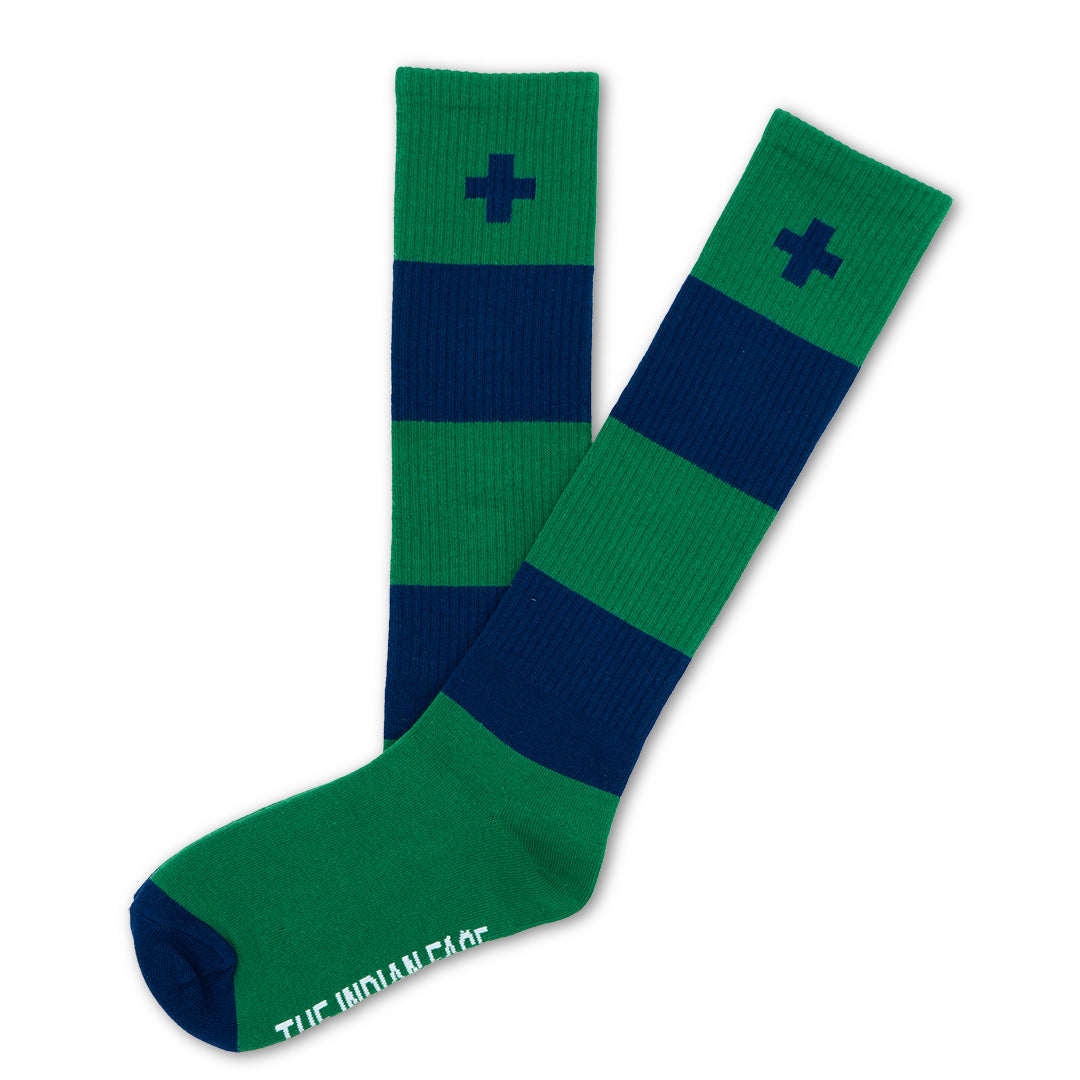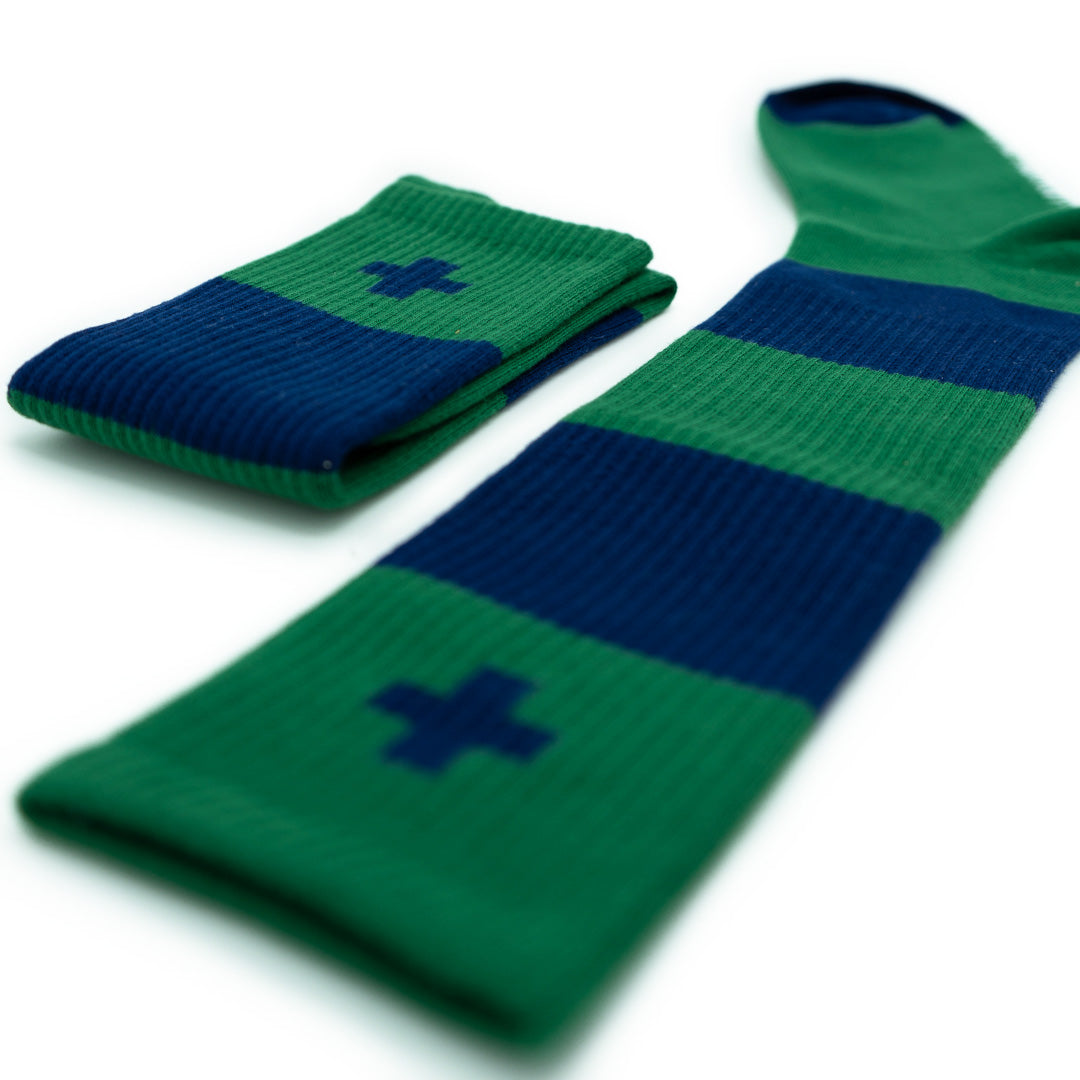Do you still not know the Paddle Surf ? If you are an adventurous person If you don't like to miss out on any experience related to the sea, sport and good weather, today we'll tell you what you need to know to get started in the season's most popular sport.
Paddle surfing has a name and surname: John Zapotocky. A surfer from Waikiki who in the 60s stood up on the board while surfing. Later, many Hawaiian surfers began using the paddle for their training. Among them Dave Kamala, Brian Keaulana, Archie Kalepa and Laird Hamilton.
Many of your favourite celebrities are already practising it. From Orlando Bloom to Jennifer Aniston, they all speak of the relaxation and tranquillity that this sport brings them.
It is the perfect sport to practice during the hottest months of the year, because if the heat overwhelms you, you can always take a dip, and you will also enjoy amazing landscapes while you practice it. We bring you 6 interesting facts about this cutting-edge activity that will surely hook you from the first minute.
What are the origins of Paddle Surf or SUP?

Paddle Surf, Stand Up Paddle or SUP, is a sport that was born in Hawaii in 1960 as a way to move on water using a paddle or oar.
It was in the late 90s when it began to become popular, and also thanks to surfers of the stature of Dave Kalama either Brian Keaulana It was proven that paddle surfing helped to tone the muscles of those who practiced it and to gain resistance when surfing waves. In the beginning, surf instructors used large boards and canoe paddles to gain momentum, while nowadays smaller boards, appropriate paddles and specific equipment dedicated to paddle surfing are used.
Although its origin is attributed to Hawaii, there are certain suspicions that Paddle Surfing began to be used 3000 years ago in ancient Egypt. The concrete beginnings of this sport are thanks to the Polynesian surf teachers who, in order to control the groups, would stand up on the board and with the blade of a rudimentary paddle they could warn of the arrival of bigger waves or give instructions to their students.
Paddle Surfing and its various health benefits

The practice of Paddle Surf, brings with it multiple benefits to our health both physically and mentally. There is a basic and very important element that is the protagonist, he balance. Maintaining body balance on the board firstly strengthens you the core: This middle area of the trunk that connects with your arms and legs, allowing you to correct posture and muscle weaknesses. And secondly, when you force your body to maintain balance, you are strengthening your arms, hips and legs.
In addition to the physical benefits already mentioned, paddle boarding brings benefits to your mental health. By standing upright on the board, controlling the balance of your body While paddling and riding over waves, it requires your concentration and adrenaline to be at 100%. These two factors release dopamine in our body, increasing our levels of relaxation and well-being, producing an effect known as mindfulness, that is, mindfulness.
Which Paddle Surf modality to practice based on your goals?

Paddle surfing, like most sports, allows for different modalities depending on the objectives and preferences of those who practice it. Here we leave you the most common ones so that you can choose the one that best suits your needs.
Paddle Surf Wave: This modality is one of the most practiced among professional and beginner surfers. Very similar to traditional surfing, the dynamics of this modality is to ride waves, but with the help of a paddle. A great advantage of Paddle Surf Wave over traditional Surf is that with it you can catch more waves, since the boards are larger.
Paddle Surfing Tour: It consists of sliding over the water with the power of the paddle, taking a pleasant ride along a lake, a river or the shore of the beach. There are longer trips than others, but in all of them you will enjoy the views and the freedom that you feel on the board. Wide, large boards are used, so it is recommended to practice it in calm places without much waves.
Paddle Surf Race: These are competition races in which participants compete to obtain the first position on the board. This is the perfect option for great sports professionals who seek to achieve their goals and move up the ranks by measuring themselves against other athletes. The most suitable boards for this type of competition are those with a pointed shape and narrow as they get reach a higher speed.
Paddle Surf River: This is an extreme modality aimed at the most daring. It consists of descending rivers with different flows and avoiding obstacles found along the way. For this purpose, small inflatable boards are usually used.
Paddle Surf Fitness: It is the perfect combination for yoga and pilates lovers. The most common floor yoga exercises are performed on the board to gain extra balance. Inflatable boards are also often used.
Multiple Paddle Surf: It is the perfect way to spend a day with family and friends. It is an activity in which you can practice the sport on giant inflatable boards that can support the weight of up to 10 people.
Paddle surfing, as surprising as it may seem, has helped many fishermen due to the silence that boards provide, unlike what a boat could be, for example.
Did you know that there are different types of paddle surf boards? Choose the most suitable one according to the type of surfing you want to practice.

Just as there are different types of Paddle Surf modalities, there are also different types of boards. There are boards rigid and tables inflatables, and it is necessary to understand how these two types differ, taking into account the type of paddle surfing you are going to do.
The rigid boards, are made of epoxy either carbon, material which provides greater speed when it comes to practicing SUP, especially if what you want is to ride the waves. Now, if what you are looking for is to practice SUP in a more recreational way, inflatable boards They are always a good option, providing comfort and versatility.
Below we leave you a list of some of the most common tables and their characteristics.
Tables Race: They are the most pointed and narrow boards you can find on the market. It is precisely their pointed nature that makes them perfect for competing in the raceWith them you will get the speed and agility you need to achieve your goals in each Paddle Surf race.
T-Tablesouring or Crossing: They are the most suitable boards for practicing Paddle Surf as hobby. They are wide boards, elongated and large, they give you the stability you need to glide smoothly through the water, and they also have grips to hold any type of object.
Tables Wave: They are the most appropriate boards for surfing waves in the sea. They are similar similar to conventional surfboards, but shorter for easier maneuvers.
Tables Allround: They are the largest of all boards, so they are also the most stable and therefore, the perfect ones to get started in the sport. This type of board has a I don't know (the front part) rounded which provides greater stability.
Where to practice Paddle Surf in Spain, you won't want to do anything else!

This sport, which is already a trend among many fans, arrived in Spain in 2008. So if you want to practice Paddle Surf in Spain, you won't be short of options! We show you 3 dream destinations where you can get started in this sport.
A Lanzada Beach (Pontevedra):The Galician beaches are a true paradise that has nothing to envy the beaches of California. Therefore, in addition to being able to sunbathe and enjoy a mojito on the sand, they are also full of activities where you can enjoy your stay to the fullest. The A Lanzada beach is one of the largest in Pontevedra, and therefore, there you can find schools where you can start in the sport. One of them is Prado Surf, a club where you will be offered all the comforts to enjoy Paddle Surf.
San Juan Reservoir (Madrid): Who said there are no places to practice Paddle Surf in Madrid? Of course there are! One of the most famous schools in the capital, Yucalcari, is located in the San Juan reservoir, an artificial beach that has more than 15 km of surface area so you can fully immerse yourself in the sport.
Catalan Surf School (Barcelona): If you are looking for a place to practice Paddle Surf in Barcelona, the Catalan Surf School It is a project of all kinds of activities located in Castelldefels, a coastal city where you can discover sport and its wonderful landscapes.
Is this your first time practicing Paddle Surf? Here are some tips to get you started in this sport

Although paddle surfing is a sport that is usually easy for anyone who decides to practice it, we will tell you some tricks that you need to know before immersing yourself in this adventure.
1. Get advice from professionals:
Is It is essential that you seek advice from professionals at the club where you practice Paddle Surf. They will know how to guide you so that you gradually achieve your goals, and they will also help you choose the perfect board.
2. Use neoprene clothing
Wear appropriate clothing for practicing Paddle Surf.It is best to wear T-shirts, trousers or wetsuits. This material is the most appropriate for water sports, as it protects you from the cold by concentrating body heat.
3. Always make sure the paddle is in the correct position
The paddle blade The paddle should be between your foot and the front of the board, the arm holding the paddle should be stretched out and the one below is the one that will always push you. Always do 3 or 4 strokes on each side, this way you can make sure the board doesn't change direction. If you want to turn, always paddle on the same side with the paddle separated from the board.
4. To start, start in places without waves or wind.
To start paddle surfing, it is advisable to choose calm lakes, since if you start in the sea, the offshore wind can play a trick on you.
5. What happens if the wind prevents us from moving forward.
It often happens that suddenly the wind picks up and prevents us from moving forward while standing on the board. It is advisable to kneel on the board and continue paddling. If the situation does not seem to improve, it is necessary to lie face down and paddle with your arms.
PADDLE SURF FAQ
-
What muscles are exercised when practicing Paddle Surf?
Although paddle surfing is a very complete sport in which practically the entire body is worked aerobically, some of the muscles that are most exercised are the deltoids, pectorals, abdominals and quadriceps.
-
How much does a paddle surf board cost?
Paddle Surf boards can be found at various prices. The cheapest are the inflatable ones and cost around 400-1200 euros. If you are looking for something more professional, prices go up to 1800 euros. Get information from professional shops before investing in a Paddle Surf board.
-
How do I keep my balance when paddle surfing?
If you are a beginner in the sport, it is important to keep your hands and legs separated at the same height. This will help you stay upright on the board. It is also essential to paddle with your whole body and not just with your arms.

















































